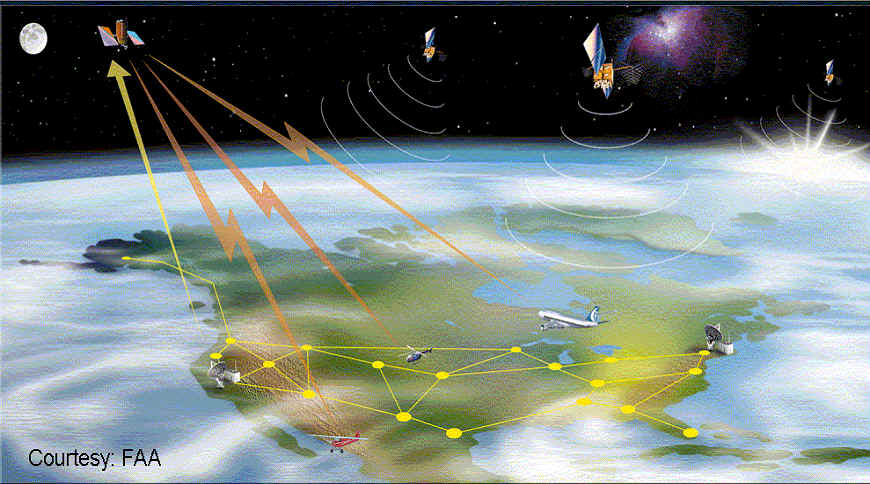
| What is GPS? | How Does it Work? | Is It Accurate? | What Are GPS Signals? | What Are the Sources of Signal Error? | What Are the Uses of GPS? | What is the Future of GPS? | Bibliography |

Global Positioning systems today are extremely accurate. GPS receivers have parallel multi-channel designs which can quickly lock onto satellites and maintain a strong lock from the minute the receiver is turned on to the minute it is turned off. Occasionally, the accuracy of the system is compromised by sources of error like certain atmospheric conditions and others.
The newer GPS receivers use a Wide Area Augmentation System, or WAAS, which is able to improve the overall accuracy of the system to, on average, less than about three meters. The use of WAAS requires no additional fees or installation of additional equipment. Another method of improving the accuracy of a GPS system is Differential GPS, or DGPS. DGPS is able to correct errors id GPS signals to within three to five meters on average. The most common DGPS system is used by the US Coast Guard. The DGPS is a network of towers which are used to receive GPS signals, correct any errors found on them, and send the corrected signal by use of beacon transmitters. Unlike WAAS, in order to benefit from the DGPS, a user must have a differential beacon receiver and a beacon antenna in addition to their GPS equipment.
The DGPS has many benefits for commercial applications which include reduced equipment and costs, a more complete range of coverage, instantaneous positioning, and it is no longer required to coordinate reference stations. Common uses for DGPS include offshore hydrocarbon exploration by the government and production industries.